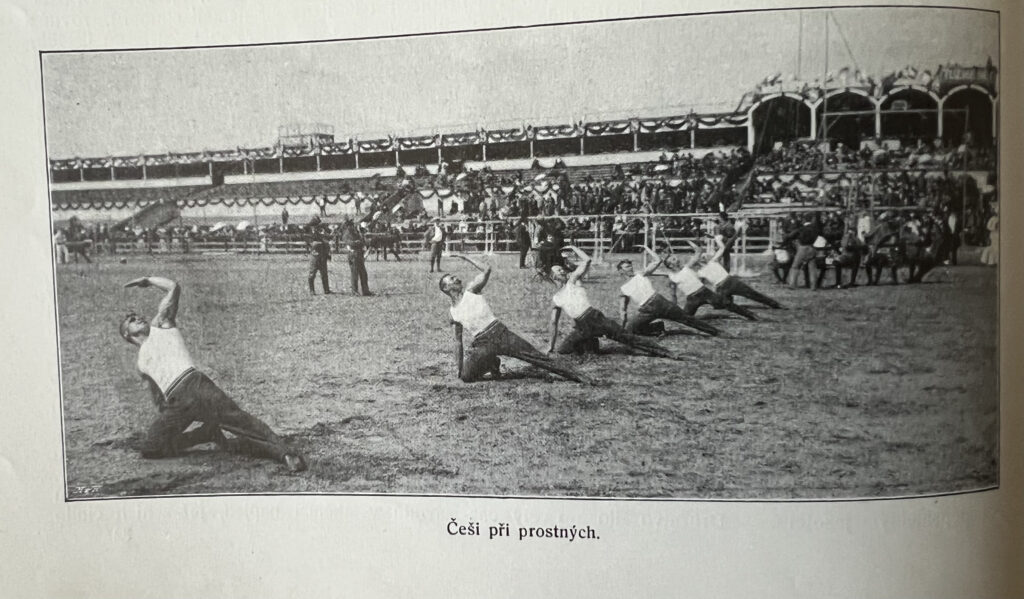Has the floor exercise area always been 12 m x 12 m? Has the horizontal bar always been 2.80 m high? Have the landing mats always been 20 cm thick?
This cheat sheet gives you the basic contours of the ever-changing apparatus norms.
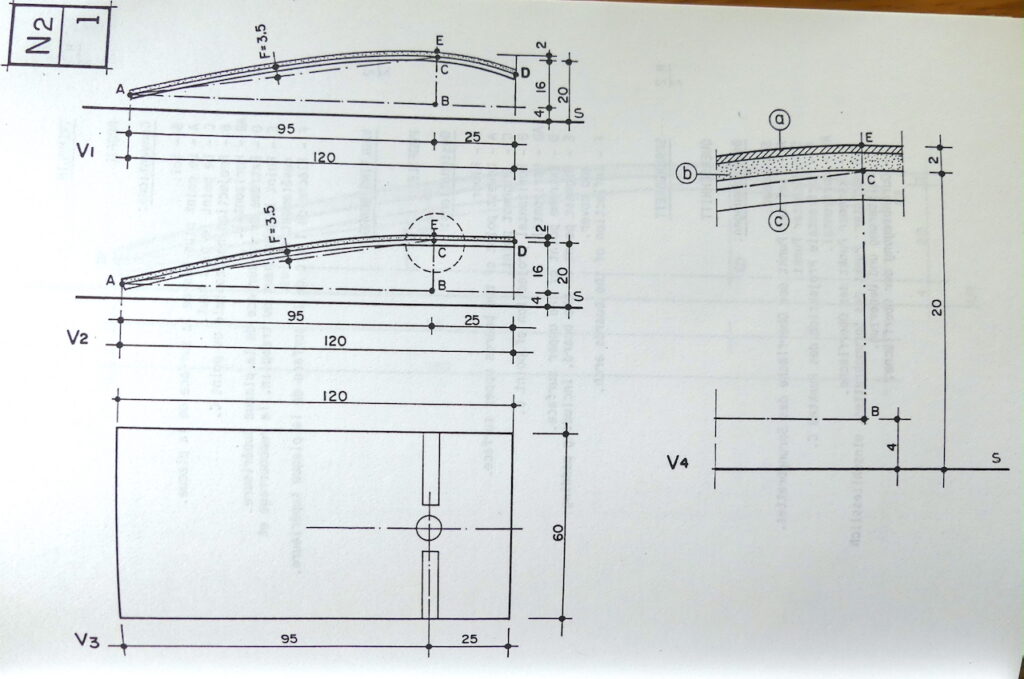
Has the floor exercise area always been 12 m x 12 m? Has the horizontal bar always been 2.80 m high? Have the landing mats always been 20 cm thick?
This cheat sheet gives you the basic contours of the ever-changing apparatus norms.

The first Code of Points was published in 1949. Though, the seed for the project was planted much earlier, in the 1930s.
Here’s how Pierre Hentgès, Sr., recounts the history of the first CoP.
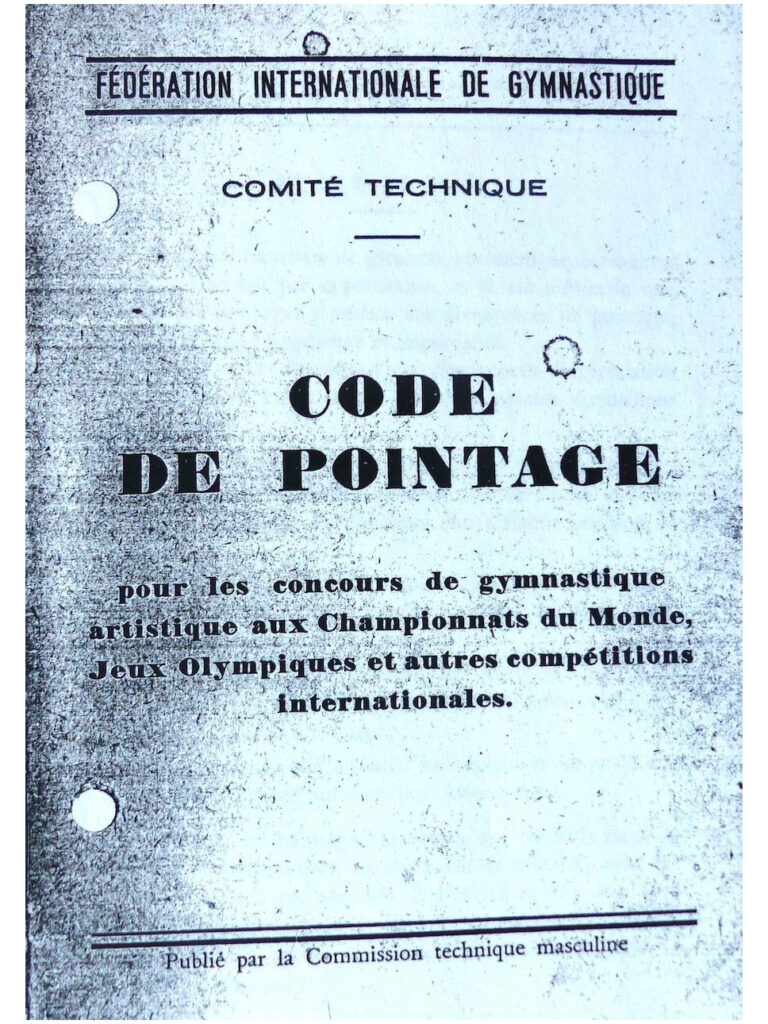
What were compulsory routines at the 1962 World Championships?
Unfortunately, at the time of this writing, there aren’t videos of the routines on YouTube. But in this post, you can find the English text for the men’s compulsories, as well as the English text and drawings for the women’s compulsories.
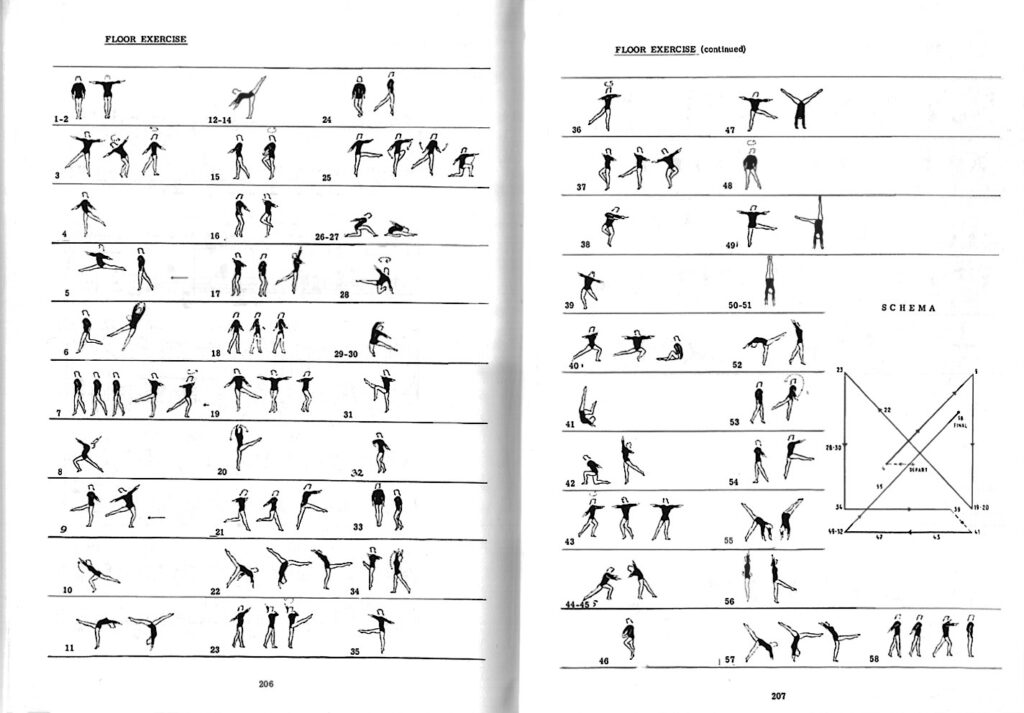
Male gymnasts have always competed on floor, pommel horse, rings, vault, parallel bars, and high bar, right?
Wrong.
Male gymnasts had quite the journey to today’s competitive format. Here’s a look at events in which the men competed in the early years of the Olympic Games and World Championships.
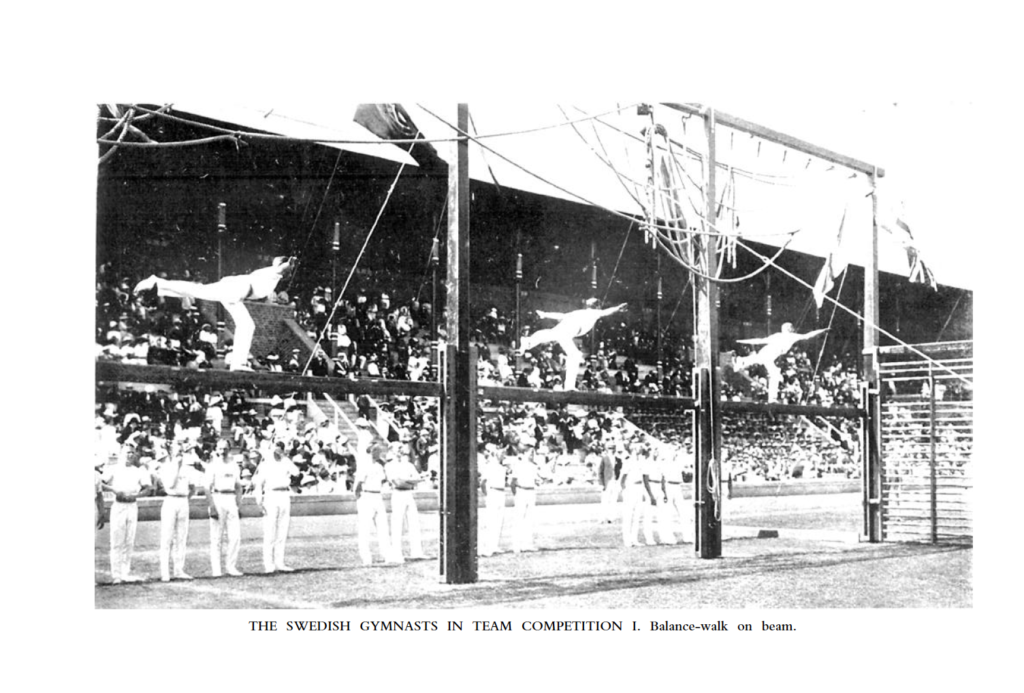
During the 1913 International Tournament, the “Slavs vs. everyone else” mentality became further entrenched. The Slovenians and the Czechs felt disadvantaged because they were outnumbered on the judging panels. Plus, the text of the compulsory routine on rings changed, and the two Slavic teams were not notified of the change. Nevertheless, the Czech team won its third team title, defeating the French once again.
It’s unclear how diligent the judges were. Reportedly, one judge didn’t even watch some of the routines.
1913 also marks the (temporary) simplification of the scoring system. In Paris, all scores were out of a 10.0. Previously, the apparatus events were out of a 12.0 at the International Tournament, with 1 point for the mount, another point for the dismount, and 10 points for the routine.
Similarly, the track and field events were also out of 10 points in 1913. Previously, the scoring system had been ever-changing at the International Tournament: 10 points in 1903, 20 points in 1905 and 1907, 15 points in 1909 and 1911.
(Don’t worry, the scoring system would become complicated once again.)
The 1911 International Tournament was an unfortunate series of events.
Several gymnasts were injured during the competition, and despite their injuries, they continued to compete with broken limbs and bandaged heads.
Rain pushed the apparatus portion of the competition indoors. When it came time for the athletics portion in the afternoon, Cupérus, the FIG President, wanted the athletes to compete in inclement weather rather than end the competition or finish it the next day.
Because of the rain delay, several gymnasts had to sprint 100 m in near darkness.
One more important note: Until the 1948 Olympic Games, teams could bring their own apparatus to competitions. That tradition started in 1911 with the Czech Sokols.
Before Nadia Comăneci’s and Nellie Kim’s perfect 10s at the 1976 Olympic Games, there was a long line of gymnasts who obtained perfect scores at the Olympic Games, the World Championships, or the European Championships. (Originally, the World Championships were called the International Tournament.)
Some of them even managed perfect totals, meaning that they received the maximum score for their compulsory and optional routines combined.
So, here’s a chronological list of the gymnasts who were “perfect” before Comăneci and Kim.

French gymnasts had been the victors at the first International Tournaments in 1903 and 1905, but the Czech Sokols ended that streak in 1907 when they hosted the International Tournament in Prague.
A rivalry was forming between the two top teams in Europe: the Czech Sokols and the French. However, the Czech media subtly questioned how European the rivalry was, given that France’s best gymnasts were from Algeria. (The International Tournament was a competition run by the Bureau of European Gymnastics Federations.)
Regardless, the French Algerian gymnasts stole the show in Luxembourg in 1909. In fact, one of them registered two perfect event totals, scoring the maximum number of points for both the compulsory and optional routines on not just one but two events.
Note: French Algerian gymnasts had competed in previous International Tournaments. However, the gymnasts’ place of origin hadn’t been a major topic in the media coverage prior to 1909. The topics of empire and Eurocentrism are far too thorny to broach in a competition recap.
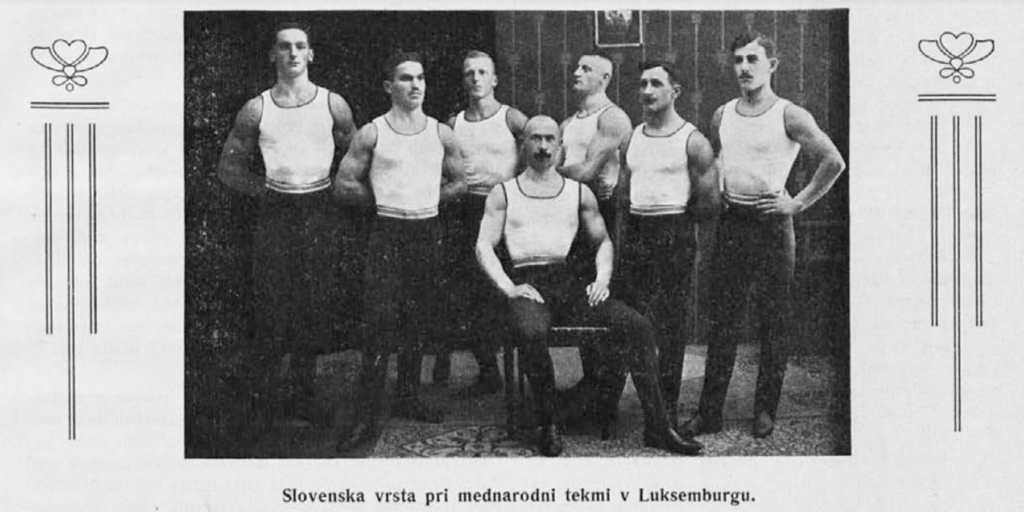
Almost 70 years before Nadia Comăneci and Nellie Kim scored their perfect 10s at the Montreal Olympics, there were several perfect scores awarded during the 1907 International Tournament. (The International Tournament was the original name for the World Championships.)
The majority of those perfect scores were for the French team. Nevertheless, the Czech Sokols, newcomers to the International Tournament, took first, ending the French team’s winning streak.
Oh, and, in 1907, one of the first age controversies in gymnastics occurred.
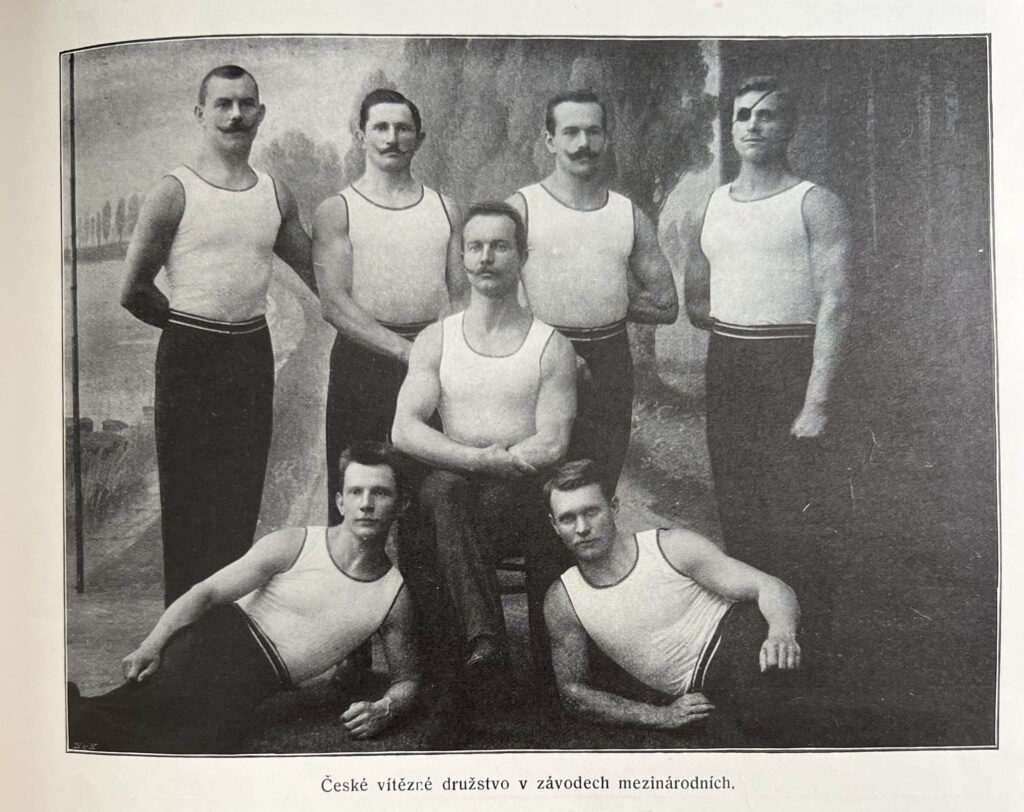
Did you know that, once upon a time, there weren’t gold, silver, and bronze medals at the World Championships? Instead, there was a collection of art, and each team chose which piece of art they wanted. Winners got to choose first.
These are the little tidbits that you learn when you stumble across the rules for old gymnastics meets. Let’s take a look at the rules for the 1907 International Tournament (now called the World Championships).
